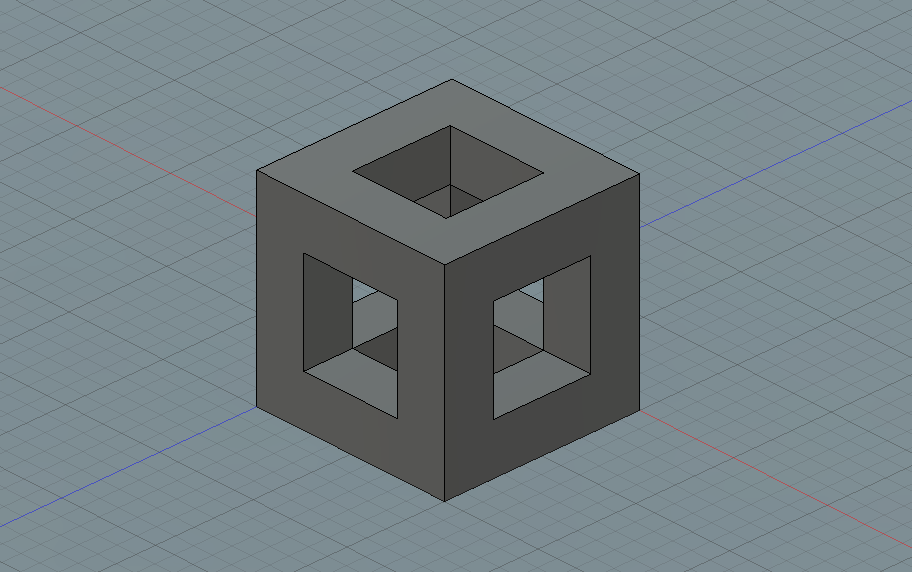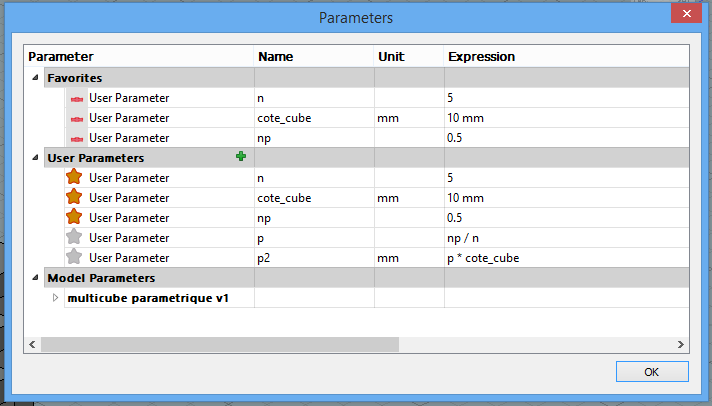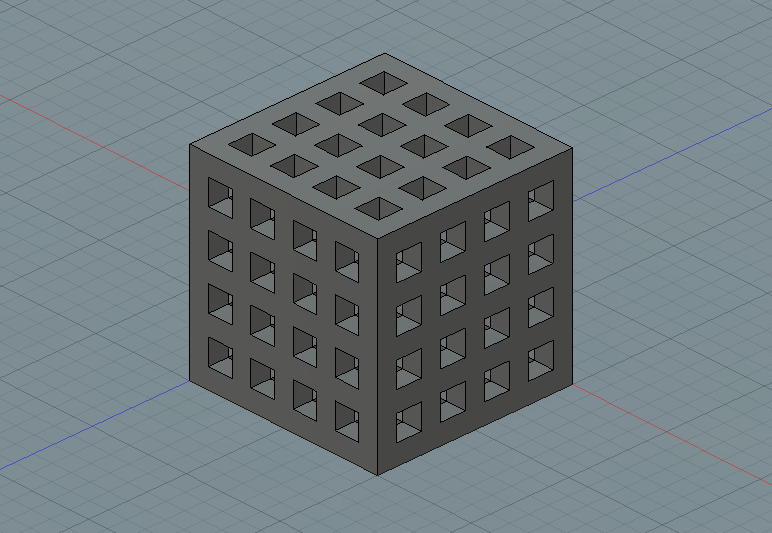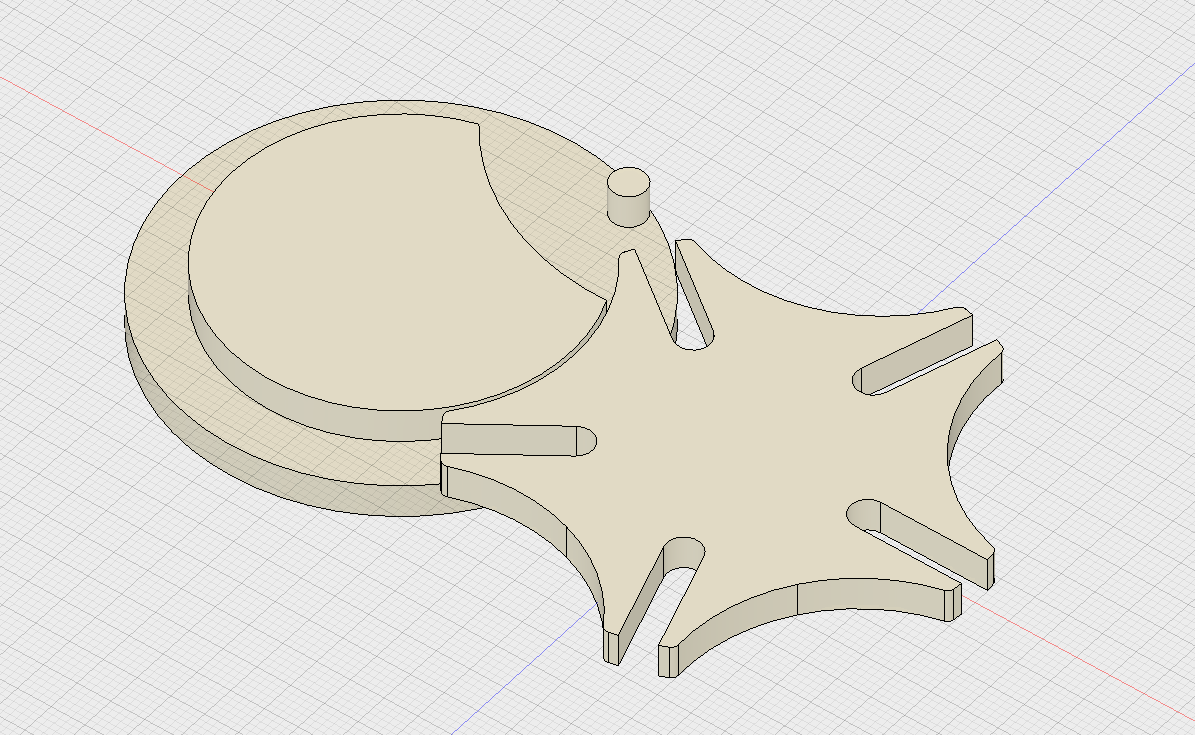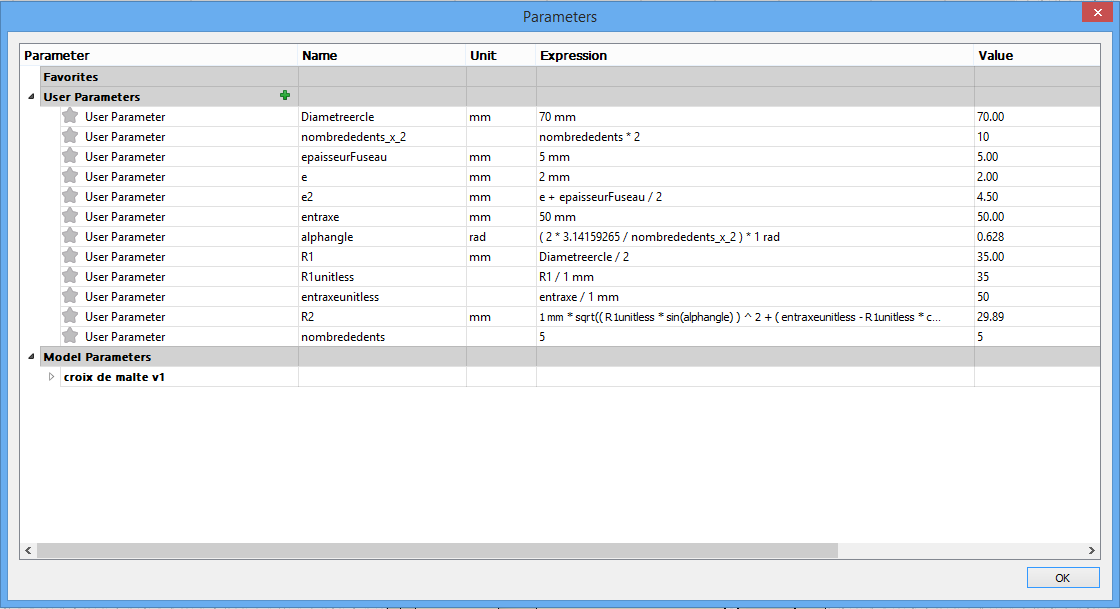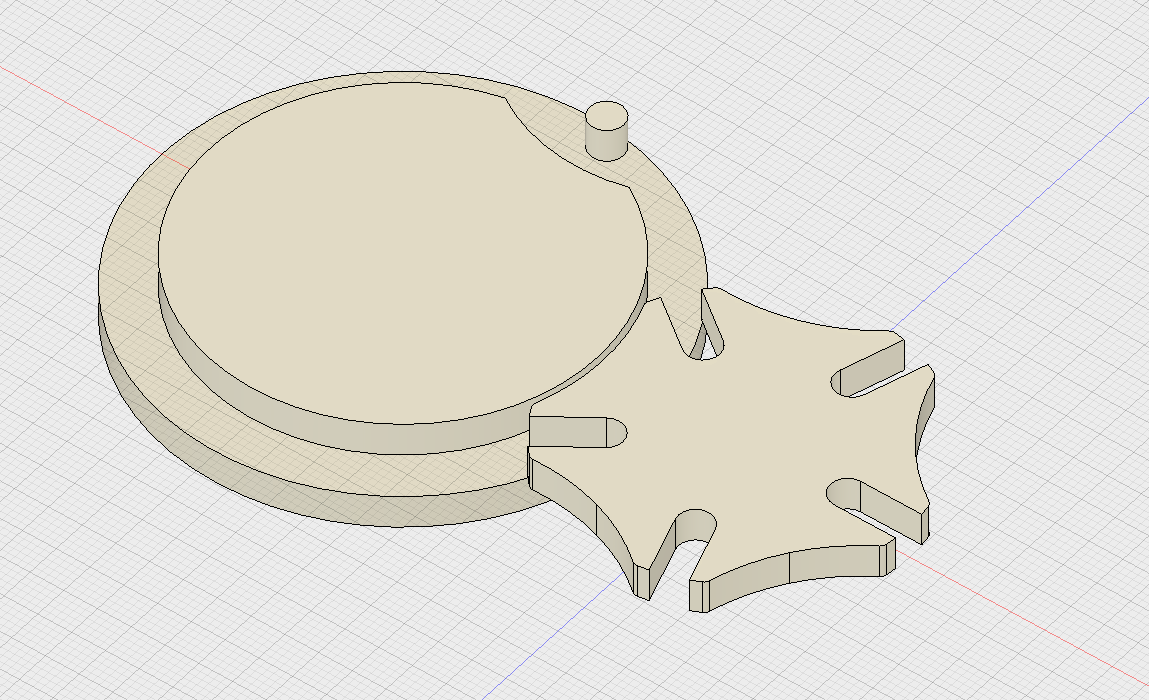Save Time with Parametric Design for 3D Printing
Posted By Eole Recrosio on May 10, 2017 | 0 comments
3D modeling is, along with 3D scanning, the most used method to obtain an STL for your 3D print. In industrial sectors, designers are using CAD design to prototype, iterate and obtain manufacturable parts. Parametric modeling allows the creation of complex geometries for 3D printing with high precision and possibilities of modification in the design process.
Types of design processes
CAD design is the most common way to obtain a 3D file for 3D printing but there are many ways to design an object in a CAD software before 3D printing it.
Parametric modeling
The most used by professional designers and industrials is parametric modelling. The principle is to define parameters on the components of your sketch and the different features. The components will then be parametrically driven and easily modified thanks to the tree history. More, you can mathematically define relationship for parameters that allows to modify the design of your object by changing a few values.
Direct modeling
This technique is more natural and “on-the-fly” than parametric modeling. The direct modeling (or Explicit modeling) technique focuses on the model geometry to create the object that can be easily shared, modified and iterated.
Surface modeling
Based on a Nurbs system, surface modeling is a technique that allows free geometry and more natural shapes from curves. It is perfectly fitted for organic bodies or smooth shapes like car bodies, turbine blades.
If you want to learn more about the different software and tutorials about CAD modeling, refer to this page.
How to save time with parameters
The first thing to consider before starting with a parametrically driven CAD model, is how and where the parameters will be used.
Parametric design is based on the sketches of your model. These sketches contain dimensions, constraints and relationship between the elements of your drawing. The advantage of setting the parameters early in the design process is that you can then go back to your sketches to automatically modify the features of your final design.
This makes this modeling technique particularly fitted for manufacturing technique and especially 3D printing as you can iterate your model faster.
Parametrically Driven Cube
Parametric design can also be used to give parameters to features you want to control. For example, at Sculpteo, we designed a grid shaped square.
The parameters we defined are the thickness of the grid, the amount of wires and the size of the cube.
Thanks to these parameters that we have set at the beginning, we just have to change one of the values to obtain a completely different cube.
The modifications are applied on the sketches of the design and on all the operations we did on the drawings.
Complex parametric design mechanism
A more complex example of parametrically driven models is this Geneva Drive (or Maltese cross) mechanism.
This type of mechanism is extremely useful to translate a continuous motion into a intermittent one. The parameter we established allows us to modify the number of stops, the center-to-center distance between the gears and the diameter of the gear.
In a few seconds, the parameters apply the modification on the model to fit what we decided.
We just have to upload our file on Sculpteo and 3D print it!
If you liked this article, please feel free to leave a comment and to share it on Facebook, Twitter and Linkedin


 Connect with Google
Connect with Google Connect with Facebook
Connect with Facebook
